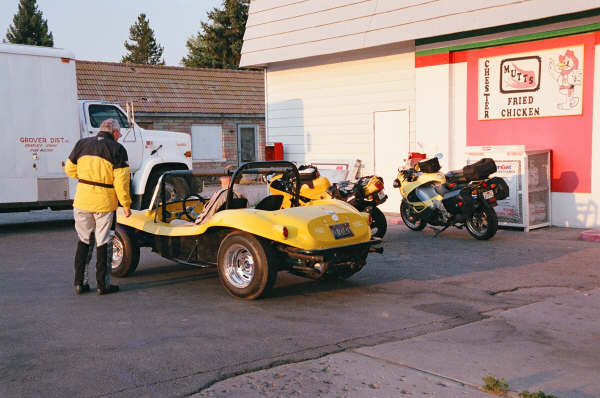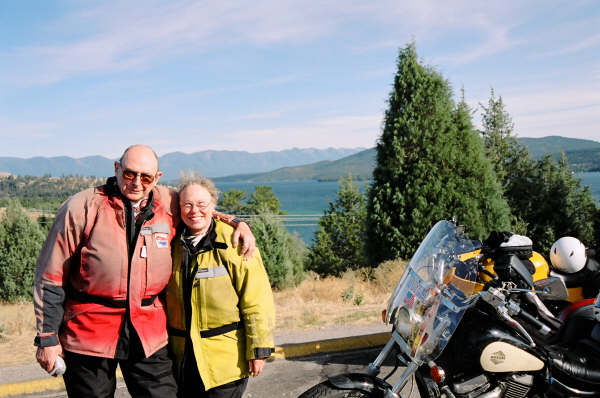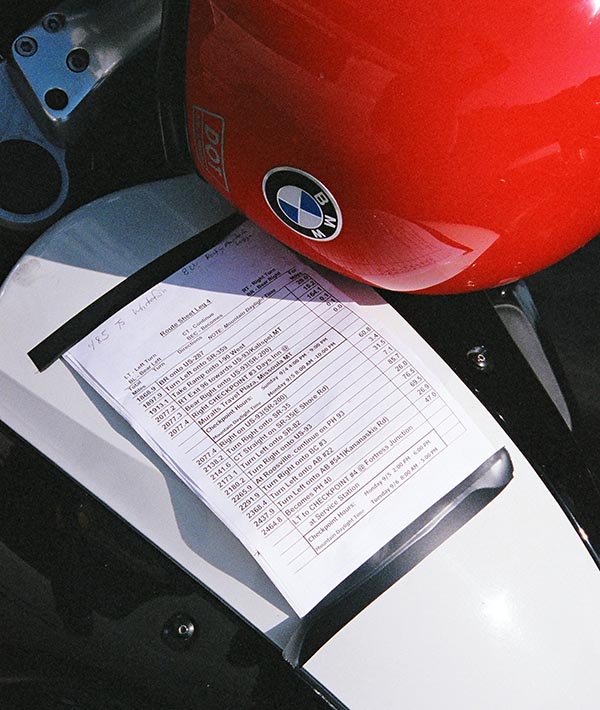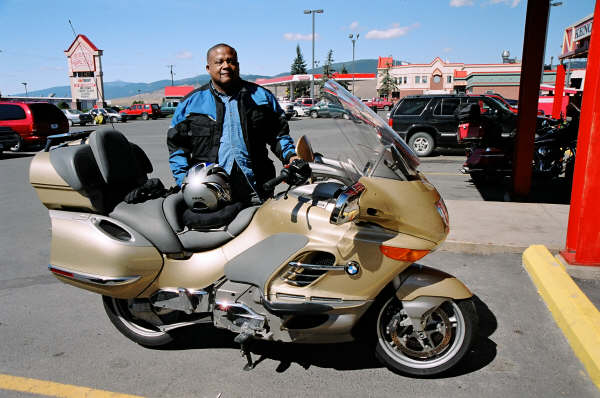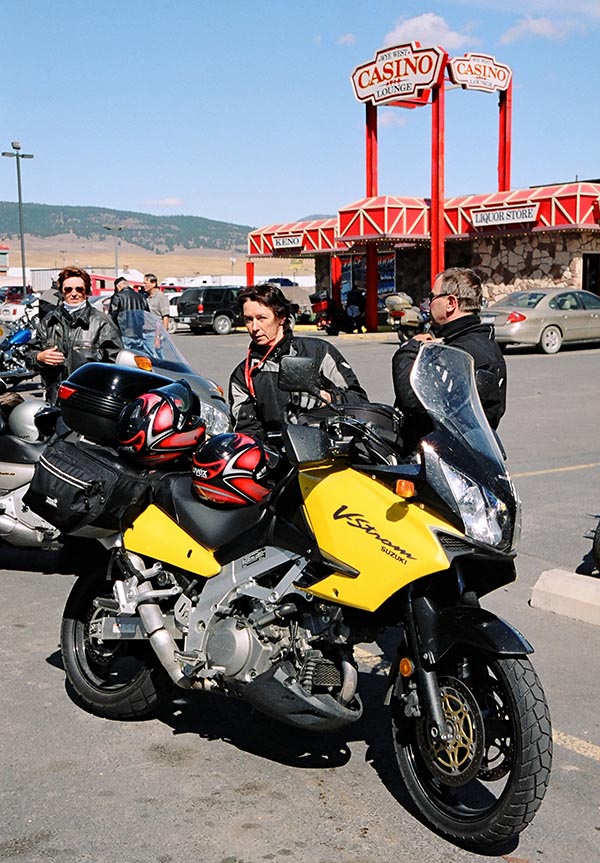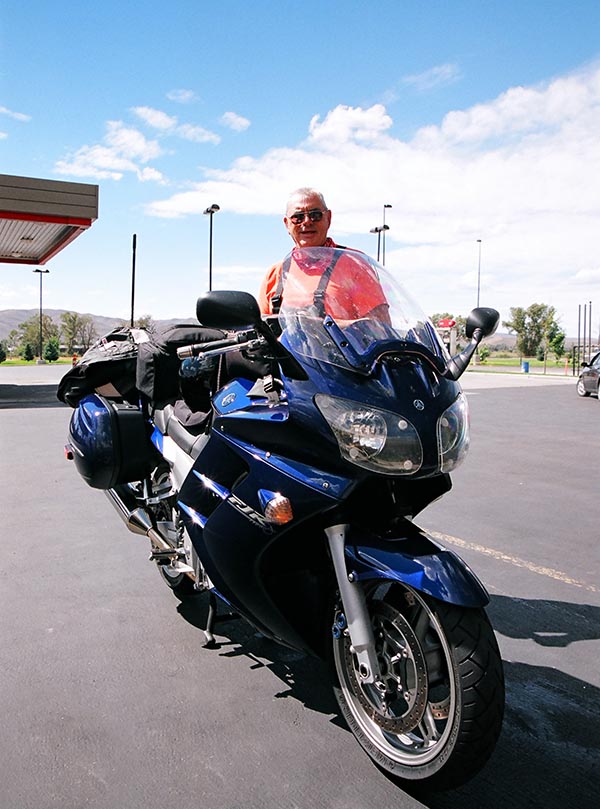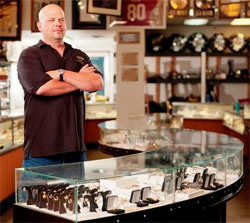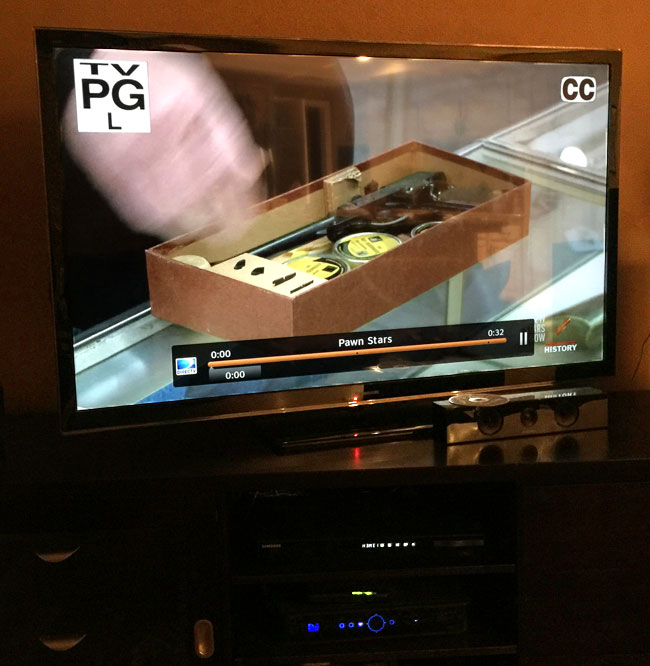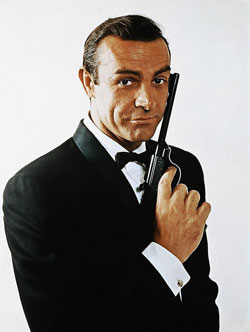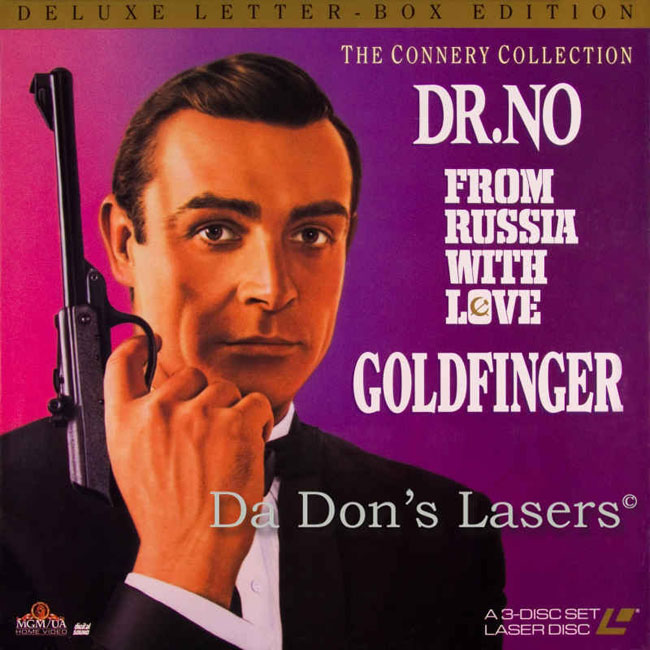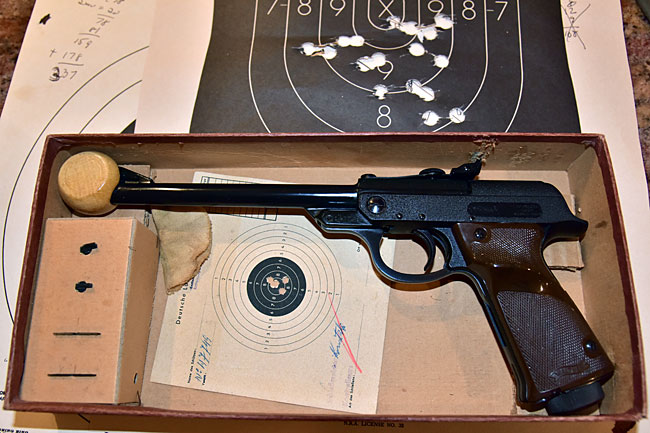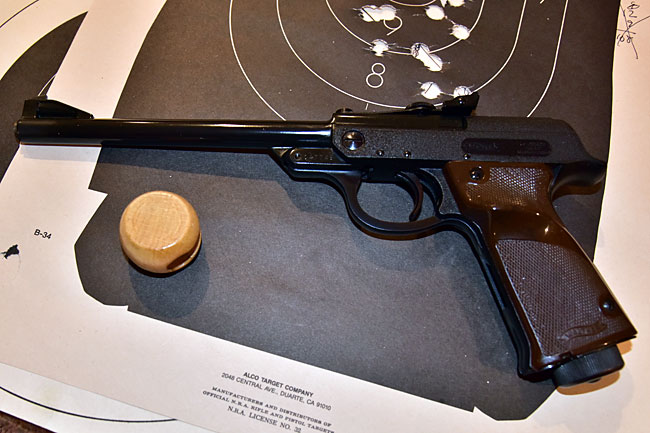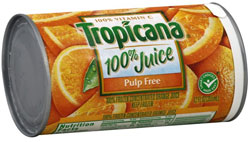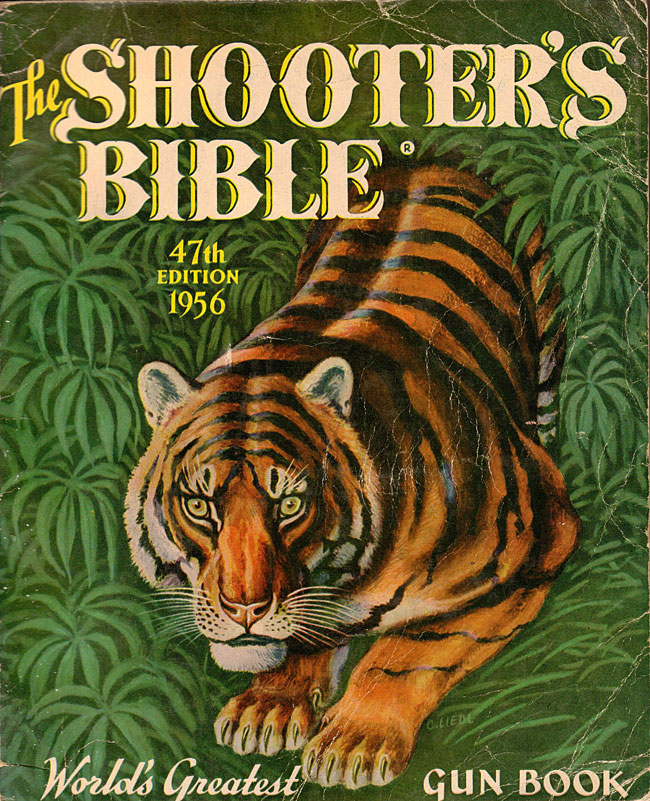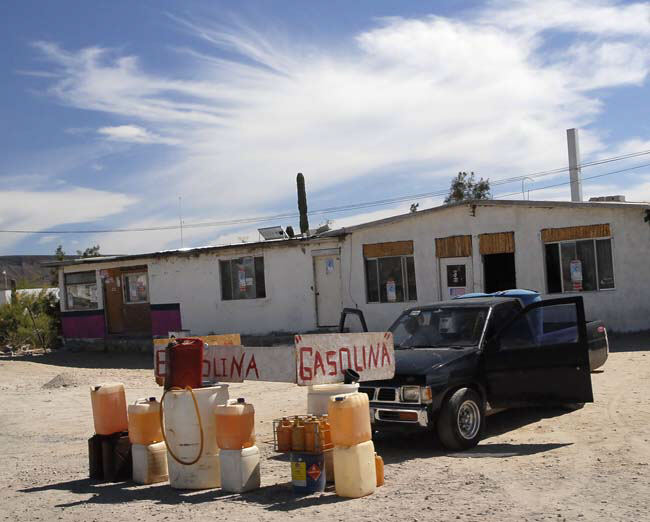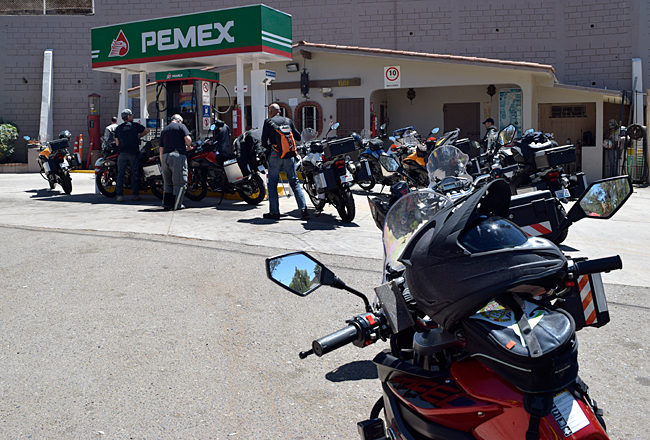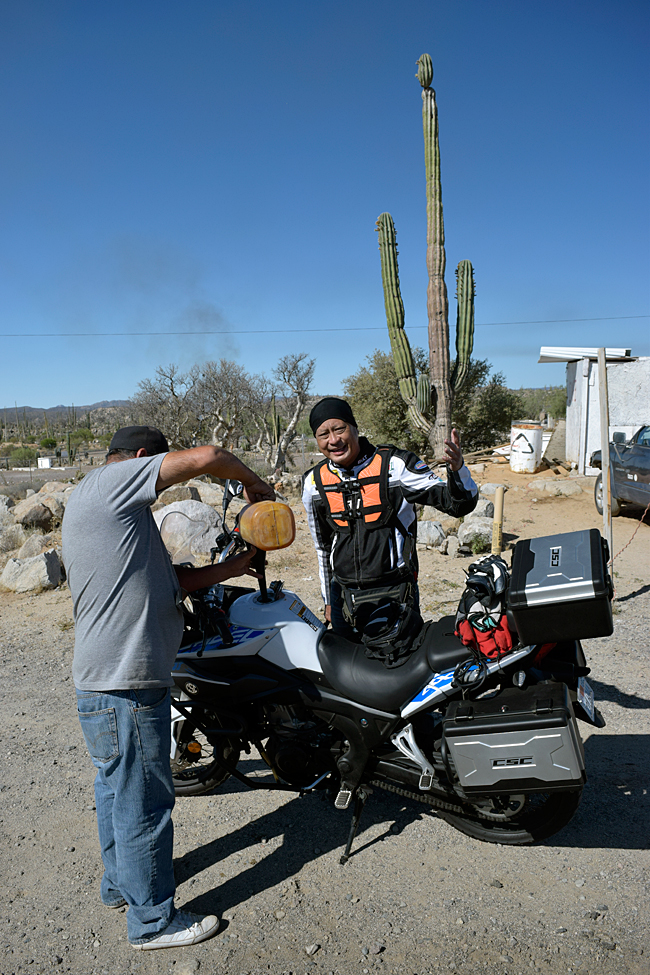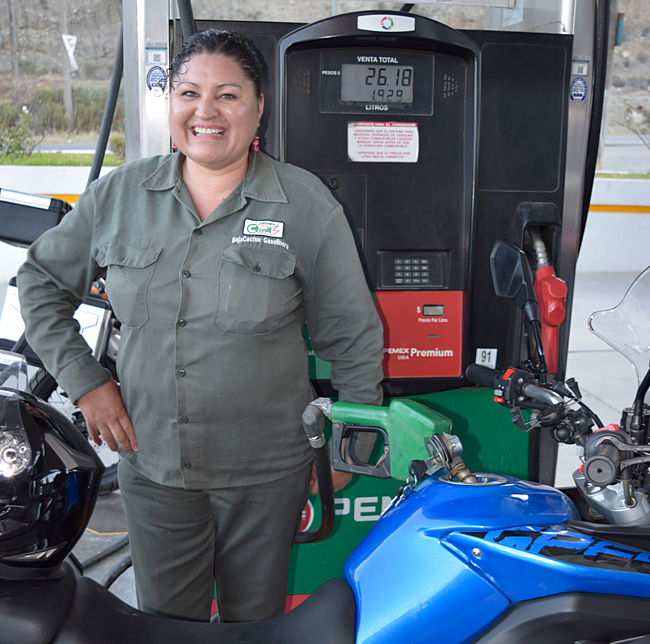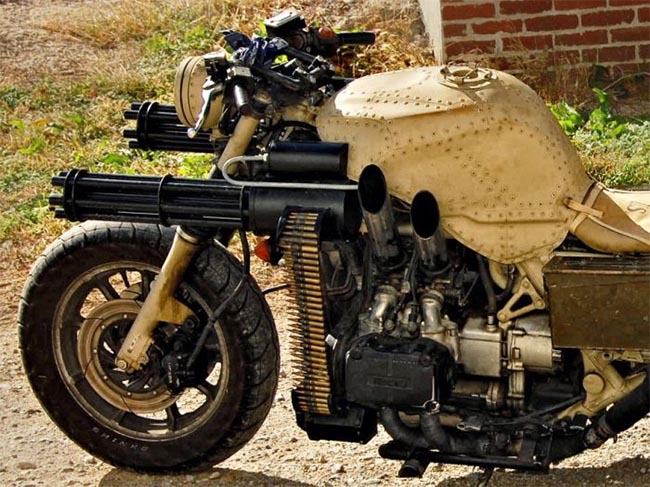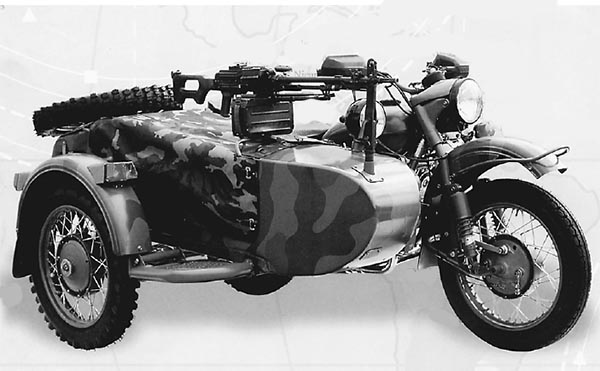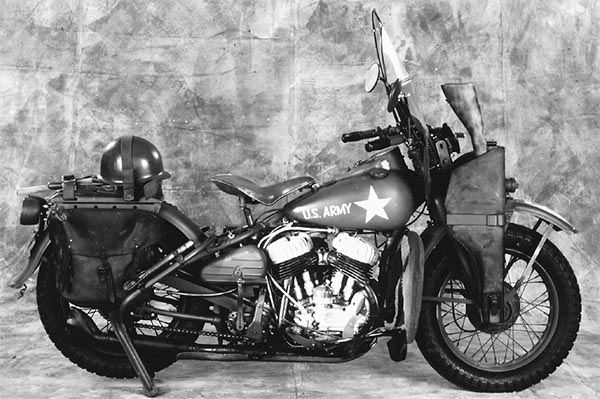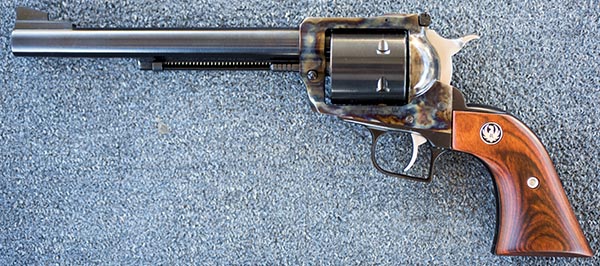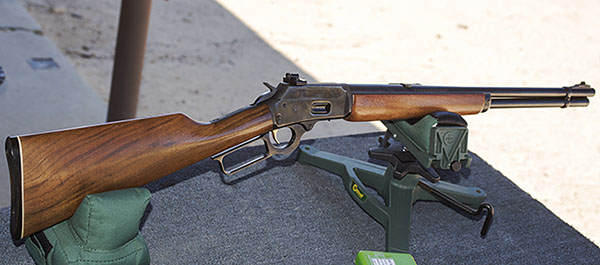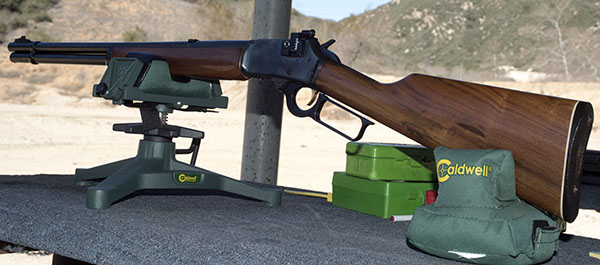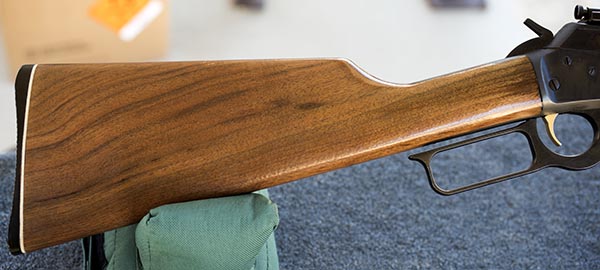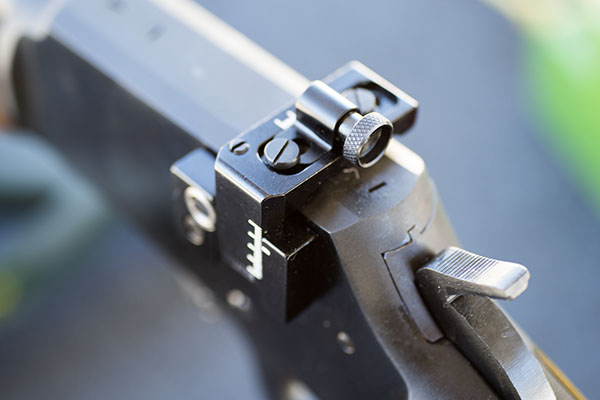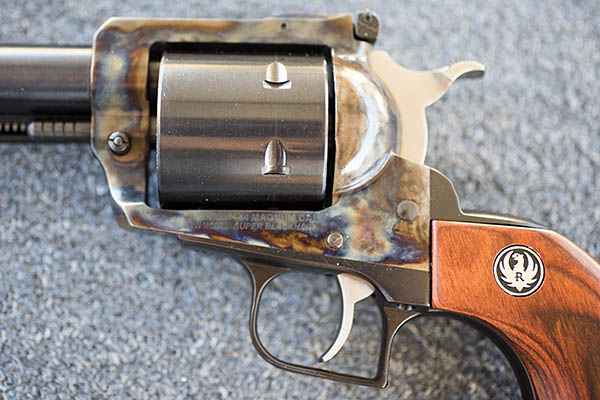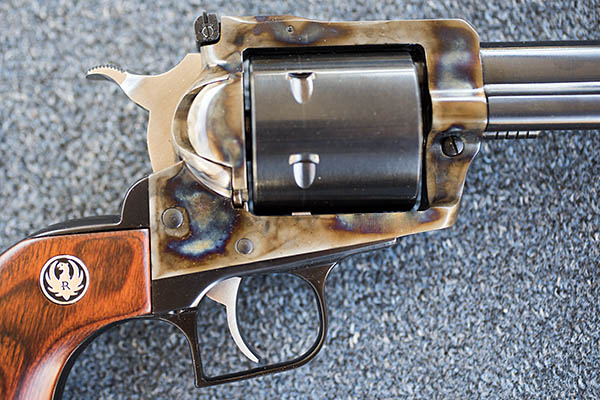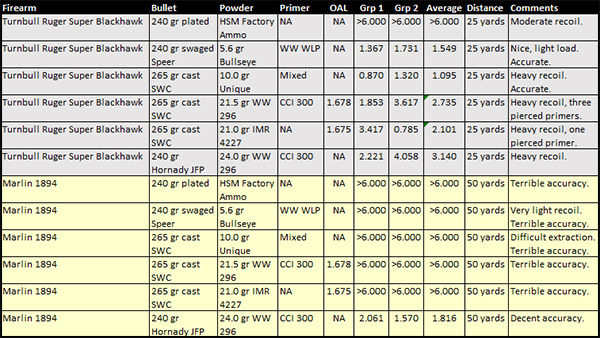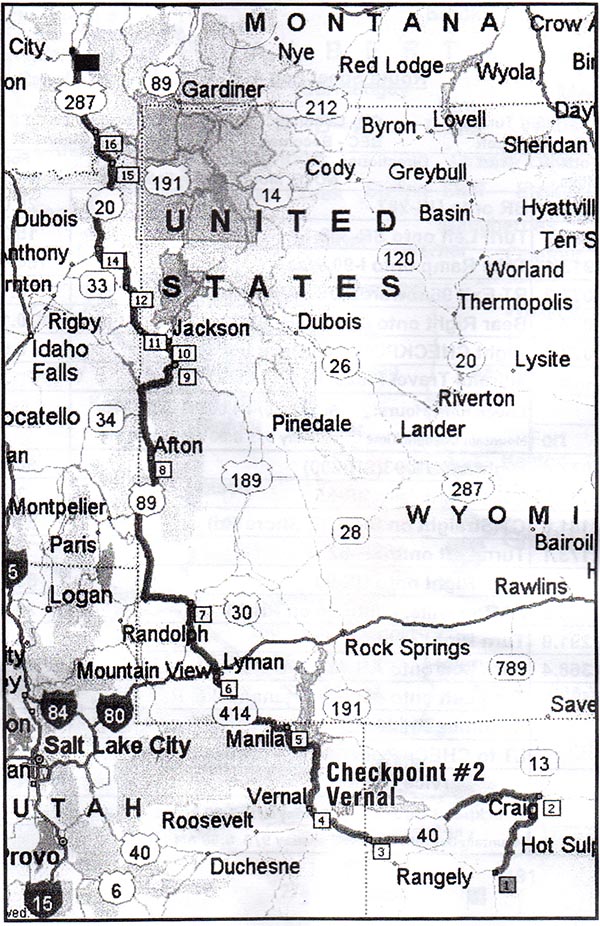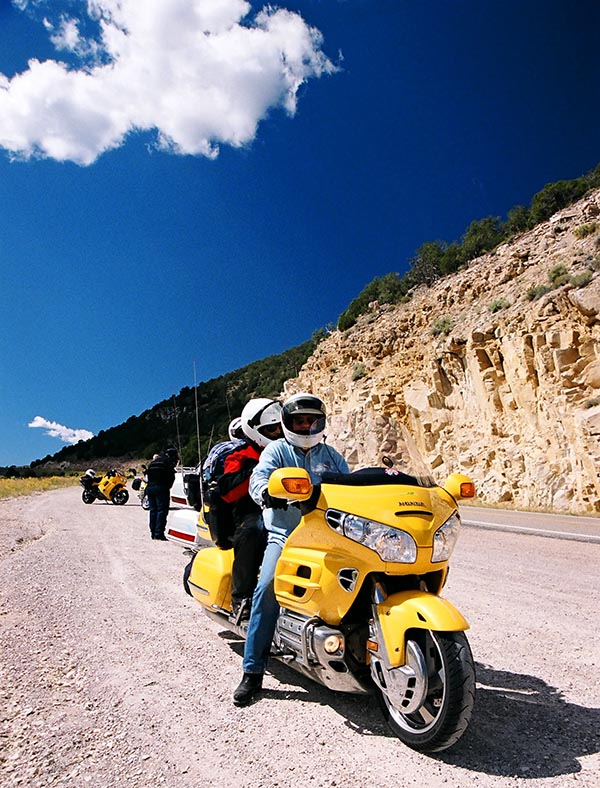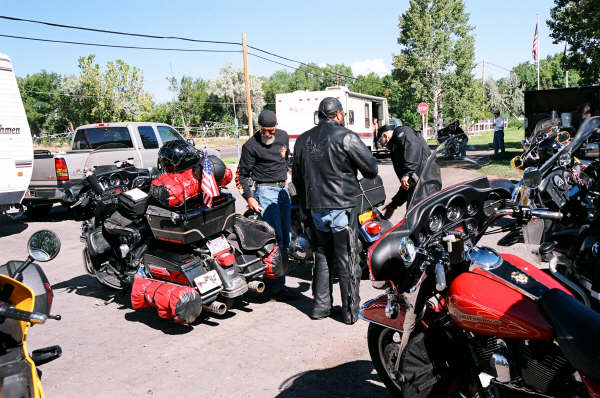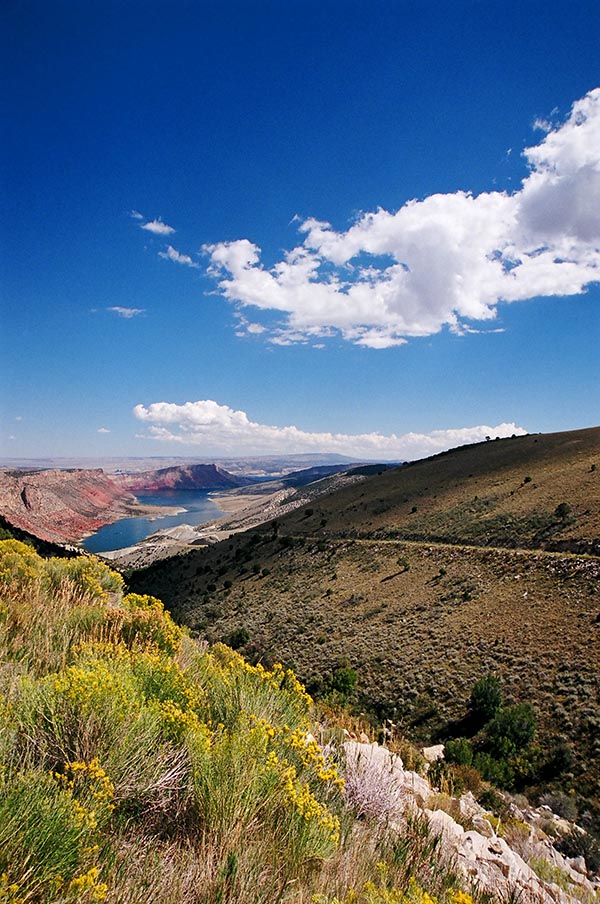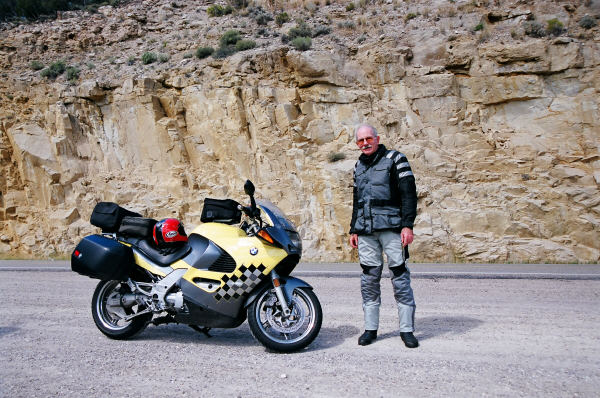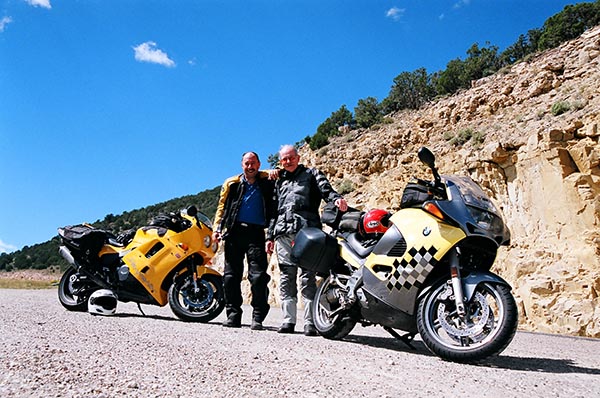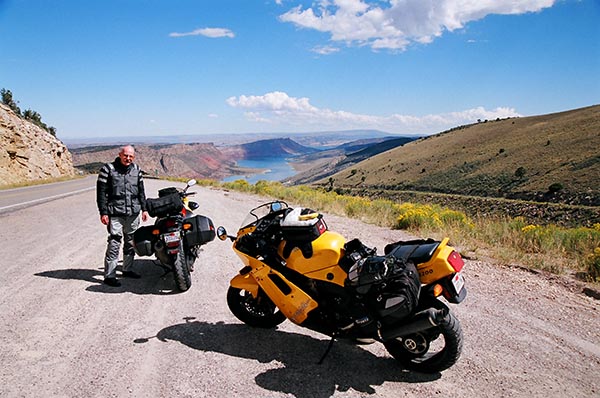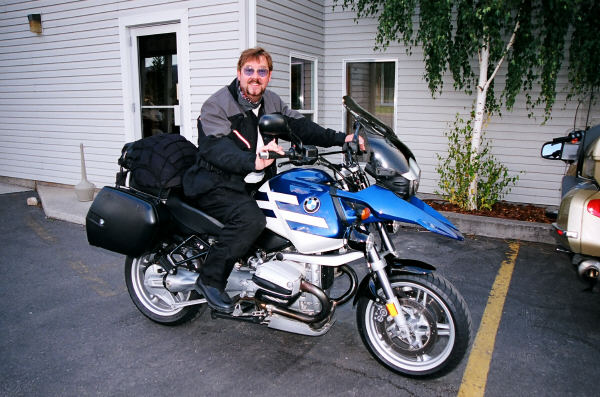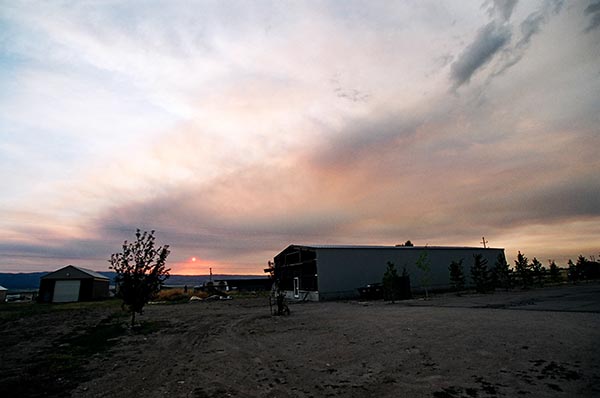The rain has been nonstop here for the last several days, and for the last couple of nights it’s rained so hard that it woke me up a few times. I guess nearly all of California is getting drenched. It’s too wet to ride and it’s too wet to shoot, so I’ve been catching up on other stuff.
On that shooting bit…to get to my gun club you have to drive down a dirt road for a couple of miles, and at one point the road actually crosses a stream. Usually it’s only a couple of inches deep and sometimes it’s even dry, but that sure isn’t the case right now. The gun club sent out an email yesterday afternoon with a video warning folks not to try to drive across the stream (which is now a little river)…
So, with all this rain (and some hail) I’ve been attending to other things…catching up on writing a couple of articles, doing a bit of reloading, and I even put a new battery in my TT250.
Reloading is a good thing to do on a rainy day, and the menu today included .44 Magnum and .45 AutoRim, two of my all-time favorite cartridges.


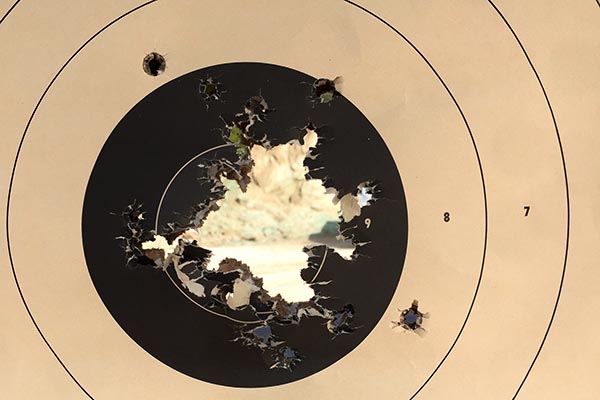
Back to the battery for my TT250…I’ve owned my TT250 for close to three years now and the battery finally gave up the ghost. I stopped in at CSC and told Steve I wanted a new one on the warranty, and we both had a good laugh about that. Steve told me I was the only guy he knew who could get that kind of life out of a Chinese battery. I thought that was kind of funny because all the batteries are Chinese now.
Seriously, though, I think the reason my batteries last so long is that I usually keep them on a Battery Tender. Those things work gangbusters for me, the bikes run better when the batteries are kept fully charged, and the batteries seem to last a good long time. You can buy a Battery Tender most anywhere; my advice would be to get one (or more) from CSC. They come with a little pigtail you can permanently install on your battery, which makes connecting the Battery Tender a snap. I have one on both my RX3 and my TT250.
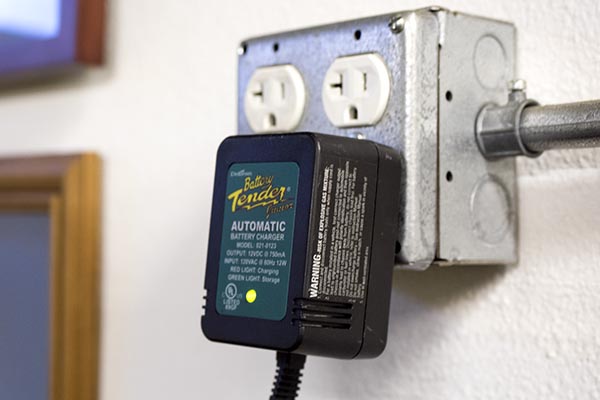

Another bit of a commercial for CSC…the mailman dropped off a box on Saturday, and it was one of the new CSC hats. I’m a hat guy. I like wearing a hat. My favorite kind of hat is a free one. The CSC hat I received was free (thanks, Steve), but unless you wrote a blog for CSC for 10 years, it’s not likely you’d get yours for free. I think they sell for $19.95, which is a bit above what hats normally go for, but this one is more than worth it. It’s got cool embossed stitching and it looks good. I like it and I think it will make me a better man. Like I said, $19.95 ain’t bad, but maybe you could get one for free as part of the deal when you buy a new CSC motorcycle. I’d at least ask the question. The worst that could happen is Steve will say no. But if he does that, ask for a free copy of 5000 Miles At 8000 RPM when you buy your new motorcycle. You never know.
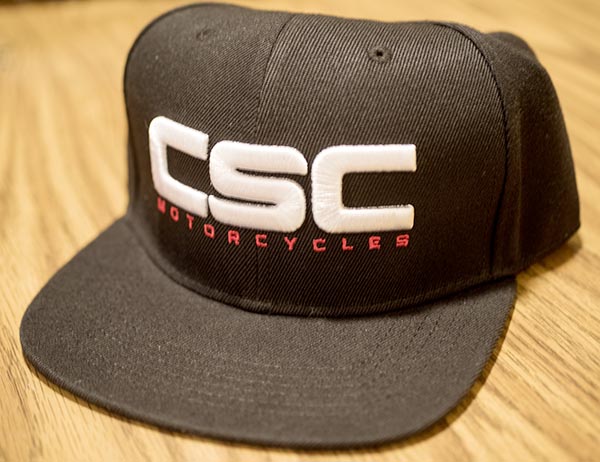
Hey, here’s one more cool photo. I’ve been spending a bit of time up in northern California. I have a new grandson up there who I think is going to be a rider, a shooter, and a blog writer. On that blog writing thing, I told him it’s a great foundation for any “get rich slow” scheme, and I think he gets it. Anyway, my wife Sue is still up there, and she saw the neighborhood brood of wild turkeys this morning walking around like they own the place…

You know, there was some talk of making the turkey our national bird instead of the bald eagle when our country first formed (Ben Franklin was pushing for the turkey, but I guess the rest of the founding fathers told him to go fly a kite). As an aside, when I ride up to northern California, I take Highway 152 across from Interstate 5 to the 101, and there’s a tree where I always see one or two bald eagles. Bald eagles are majestic raptors. I can see the logic behind the turkey, though. But wow, would it ever take a rethink of a lot of marketing stuff, and in particular, it would make for a major revamp of one particular Motor Company’s marketing and branding efforts (you know, the guys from Milwaukee). Seriously, their performance parts would all have to be marketed under a new Screaming Turkey brand. You could bask in the assumed glory of your motorcycle’s heritage as you rode like, well, a real turkey. Perhaps the Company could get a patent on a new exhaust note….one that would have to change from “potato potato” to “gobble gobble.” There would have to be new logos, tattoos, T-shirts…the list just doesn’t end. But I guess I had better. You know, before I offend anyone.
Stay tuned, folks. Like always, there’s more good ExNotes stuff coming your way. Gobble gobble.


